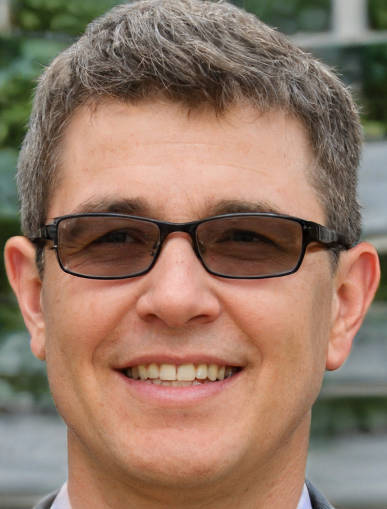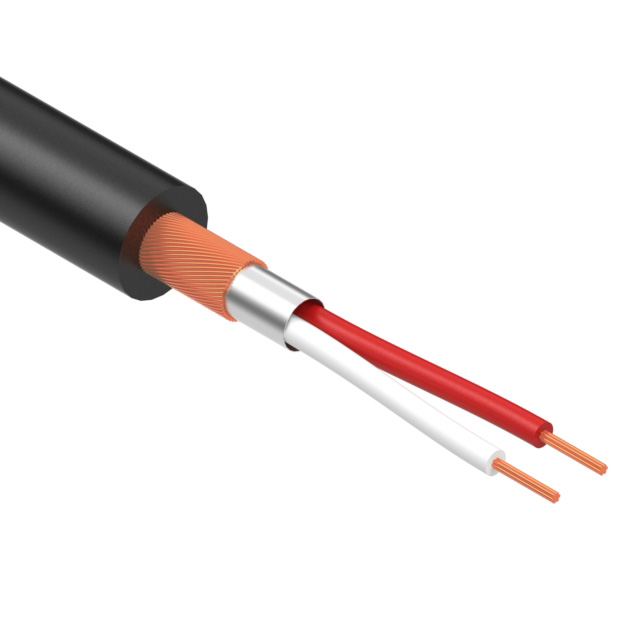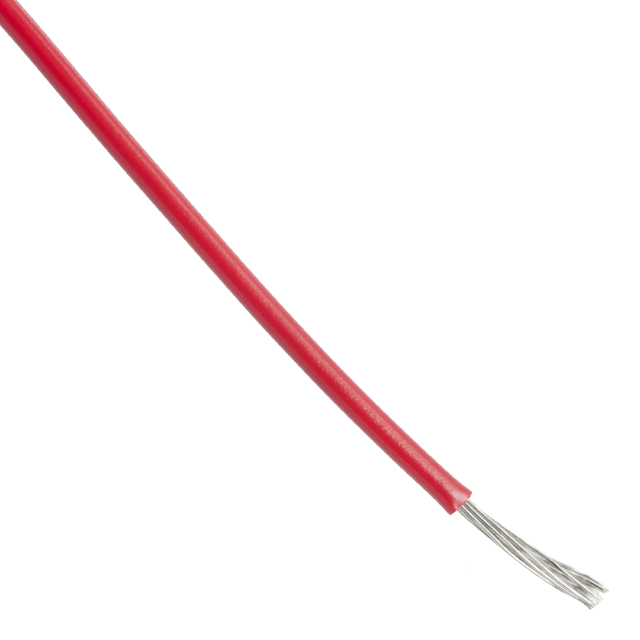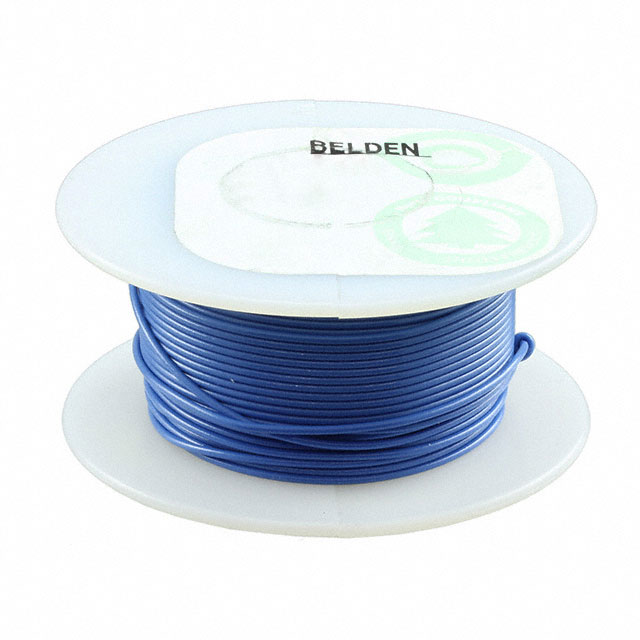
X-ray & CT Electronics: From Kilovolts to Reconstruction
Global electronic component supplier ERSAELECTRONICS: Rich inventory for one-stop shopping. Inquire easily, and receive fast, customized solutions and quotes.
If the MCU (yes, both the Marvel Cinematic Universe and the microcontroller unit) dropped a crossover about discipline and drama, X-ray and CT electronics would be the scene-stealing duo: kilovolt swagger, microamp finesse, timing that never blinks, and DSP that turns shot noise into pictures. It’s X-ray & CT as a heist movie—everyone has a job and nobody improvises around a 120 kV tube.
Table of Contents
.png?x-oss-process=image/auto-orient,1/quality,q_70/format,webp)
1) Cold Open: What X-ray & CT Electronics Actually Do
X-ray imaging is controlled chaos: accelerate electrons into a target, make bremsstrahlung photons, shape the beam, then measure what survives the patient. CT does this repeatedly from many angles and uses math to reconstruct cross-sectional images. The electronics must span both ends of the universe—high-voltage power for the tube and low-noise analog for the detector—wired together with timing so strict it could run a space launch.
In a cinematic analogy, X-ray is the dramatic single take; CT is the montage. Your cast: a high-voltage generator that can step from 60 kV to 140 kV without drama, a tube with a filament that lives its best (controlled) life, detectors that turn photons into current, a DAS (data acquisition system) that respects every electron, slip rings that gossip data across a spinning world, motion controllers that hit marks, and DSP that turns counts into pictures that actually mean something.
2) Design Targets & System Requirements (Reality Check)
- Tube control: kV ripple, mA accuracy, fast exposure gating; filament preheat and closed-loop emissions.
- Detector SNR: low dark current, stable gain/offset, uniformity; linearity across dose rates for X-ray fluoroscopy and CT helical scans.
- Timing determinism: μs-grade exposure sync with DAS sampling; encoder-accurate CT angle stamping.
- Data firehose: multi-kchannel DAS at MHz sampling for CT; low-latency streaming through slip rings/fiber.
- Safety budget: radiation interlocks, door switches, emergency stop, tube thermal models, gantry balance checks.
- EMC/EMI discipline: big PAs and quiet AFEs as roommates—filters, shields, and grounding that keep the peace.
- Traceability: logs for dose, exposure, tube heat, detector temperatures, calibration constants, and every firmware hash.
3) System Architecture: Tube, Detector, DAS & Brains
At a high level, an X-ray system is a beam source plus a sensor; a CT system is a synchronized ballet of source-sensor pairs spinning in circles with a reconstruction brain taking notes.
- Source — X-ray tube, filament supply, high-voltage generator, ripple filtering, exposure gates.
- Beam shaping — inherent + added filtration, bowtie filters, primary collimation, automatic exposure control (AEC).
- Detector — scintillator + photodiode arrays (or CZT) with anti-scatter grids; per-channel temperature sensing.
- DAS — low-noise TIA/CSA, programmable gains, multiplexing, precision ADCs, offset/gain correction, linearization.
- Transport — slip rings/fiber for CT; shielded LVDS or fiber for static X-ray.
- Compute — timing kernel, exposure control, dose tracking, and big iron (GPU/CPU) for reconstruction in CT.
- Motion — gantry rotation, table translation, collimator blades, shuttering, and alignment cues.
- Safety — interlocks, watchdogs, dose audit, tube thermal solver, and emergency decels.
.png?x-oss-process=image/auto-orient,1/quality,q_70/format,webp)
4) X-ray Tube & High-Voltage Generator: Kilovolt Choreography
Nothing says “respect me” like 120 kV at tens to hundreds of mA. The X-ray tube and its HV generator are the heart of both X-ray and CT.
4.1 Filament, Emission & kV Control
- Filament supply with closed-loop current; preheat ramps; emission regulation to hold mA steady across kV steps.
- kV generator—DC for radiography; high-frequency inverter + rectification for compactness; ripple kept small to avoid beam energy wobble.
- mA feedback via cathode current sense or anode current proxies; protect against arcing and overloads.
4.2 Exposure Modes
- Radiography: short pulses; AEC closes the shutter when the detector says “we’re good.”
- Fluoroscopy: lower mA, continuous or pulsed; flicker-safe timing so images feel live.
- CT: continuous, tightly regulated mA over rotations; rapid kV switching in advanced protocols.
4.3 Protection & Thermal
- Tube heat capacity model; cool-down enforcement; anode speed monitors; vacuum arc detection with fast crowbars.
- Door/cover interlocks; hands-off voltage discharge paths; bleeders that work even on bad days.
5) Detectors for X-ray & CT: Scintillators, Photodiodes & CZT
Detectors turn X-ray photons into measurable signals. In radiography/fluoro panels, a scintillator (e.g., CsI) converts X-ray to visible light read by TFT arrays; in CT, pixelated scintillators couple to photodiode tiles, or direct-conversion semiconductors (CZT) convert X-ray straight to electrons.
5.1 Scintillator + Photodiode
- High light yield; collimated pixels reduce cross-talk; temperature tracking because photodiodes drift with heat.
- Afterglow and lag: manage with timing and signal models; CT prefers fast decay.
5.2 Direct Conversion (CZT/CdTe)
- Energy-discriminating detectors enable spectral CT; per-pixel shaping amplifiers get busy; bias supplies must be quiet and stable.
5.3 Anti-Scatter & Mechanics
- Anti-scatter grids reduce fog; mechanical alignment keeps pixel geometry honest; ambient light sealing is mandatory.
6) DAS & AFEs: From Femtoamps to Honest Bits
The DAS is the whisper-to-words pipeline. X-ray panels and CT arrays feed current into TIAs/CSAs, then precision ADCs, with enough dynamic range to span pediatric fluoro to bariatric CT without drama.
6.1 Analog Front Ends
- TIA/CSA: low input noise, programmable gain; reset/auto-zero to manage offsets; per-channel calibration constants.
- Shaping: RC shaping or digital filters; balance bandwidth and noise to the detector physics.
6.2 ADC & Linearization
- 18–20-bit ΔΣ or high-speed SAR for CT; coherent sampling with exposure; reference stability and drift specs that make metrologists smile.
- Dark/offset subtraction; gain normalization; bad-pixel maps with interpolation; temperature compensation.
6.3 Clocking & Sync
- Jitter budgets spelled out; phase alignment across thousands of channels; exposure tags and gantry angle stamps for CT.
.png?x-oss-process=image/auto-orient,1/quality,q_70/format,webp)
7) CT Gantry, Slip Rings & Telemetry: Talk While You Spin
CT adds a carnival ride: rotate the tube and detector around the patient at a few revolutions per second while streaming data and power. Slip rings (or contactless power/data) bridge rotating and stationary worlds.
7.1 Power Across the Ring
- High-power channels for tube/HV on the rotor; regulated rails for DAS and detector bias; redundant grounds and surge handling.
7.2 Data Across the Ring
- Gigabit-class serial links; forward error correction; latency-bounded protocols for real-time recon; optical where feasible.
7.3 Encoding the Spin
- High-resolution encoders for angle; sync markers per projection; health telemetry for brushes or couplers.
8) Timing, Gating & Dose Control: The Metronome
X-ray and CT timing is “ticks, not vibes.” Exposure gates align with ADC windows; AEC and tube thermal models guide mA; in CT, angle-synchronized projections are law.
- Master clock for ADC/DSP; exposure trigger with deterministic latency; pre-exposure and post-exposure guard bands.
- AEC using scout data or real-time detector rate; adaptive kV/mA schemes for dose efficiency.
- Gating to physiology (cardiac/respiratory) when required; timestamped for reconstruction logic.
9) Motion Control: Tables, Collimators & Couch Ballet
Motion systems in X-ray and CT keep people and photons in the right places. Couch moves, gantry tilts, collimators shape beams, shutters behave. All must be smooth, precise, and quiet—electrically and acoustically.
- Drives: stepper/servo with encoders; jerk-limited profiles to avoid blur in CT helical scans.
- Collimators: blade position feedback; homing sensors; fail-safe shutters for power loss.
- Alignment: lasers and cameras for isocenter; calibration fixtures for geometry.
.png?x-oss-process=image/auto-orient,1/quality,q_70/format,webp)
10) DSP & Reconstruction: From Projections to Pictures
After X-ray counts become numbers, DSP turns them into meaning. For CT, it’s a whole saga: corrections → log transform → geometry → filtered back-projection or iterative methods → denoising → display. Modern stacks add spectral decomposition and AI-aided priors—with validation guardrails.
10.1 Corrections
- Offset/gain normalization; bad-pixel maps; scatter correction; beam hardening compensation via calibration polynomials.
10.2 CT Geometry & Filtering
- Fan-beam and cone-beam geometries; ramp filters (Ram-Lak, Shepp-Logan) or apodization; exact/approximate cone-beam algorithms.
10.3 Iterative & Spectral
- Iterative recon with system models; regularization for noise/edges; dual-energy/spectral CT material basis images.
11) Power, Thermal & Grounding: Watts Meet μV
X-ray and CT cabinets host noisy power (HV inverters, motor drives) next to sensitive AFEs. Partition like you’re seating feuding royals at a wedding.
- Rails: clean analog LDOs for DAS; efficient bucks for compute; robust supplies for HV drivers and motors; ride-through for brownouts.
- Cooling: heat pipes and liquid loops for tube/HV; airflow for compute; don’t let fan harmonics sing into your sampling band.
- Grounding: star points; chassis bonds; 360° shield terminations; no pigtails on critical shields.
12) Radiation Safety & Interlocks: Make Danger Hard
Ionizing radiation and spinning hardware are not the time to “wing it.” X-ray and CT safety is hard-wired and boring by design.
- Interlocks: doors, covers, emergency stops; redundant chains; exposure inhibited if any are open.
- Dose monitoring: mAs counters, AEC logs, DAP if applicable; alarms when limits approached.
- Mechanical safety: collision sensors on couch; torque/current limits on drives; emergency decel for CT gantry.
.png?x-oss-process=image/auto-orient,1/quality,q_70/format,webp)
13) EMC/EMI & Shielding: Keep the Quiet Quiet
EMC is architecture first, ferrites second. X-ray HV inverters and CT slip ring comms can be friendly neighbors—if you draw the map.
- Filtered penetrations; shield partitions around HV and motors; cable trays and harness design that avoid giant loop areas.
- Common-mode chokes on long runs; RC snubbers for drives; differential everywhere feasible; fiber for big jumps.
- Test while transmitting and moving—idle passes are lies.
14) Calibration, QA & Drift: Receipts or It Didn’t Happen
Calibration in X-ray and CT is a routine, not a plot twist. Offset/gain maps, geometric alignment, HU linearity, MTF/NNPS, and tube heat tracking get scheduled like rent.
- Offset/Gain: dark frames, flood fields; per-temperature bins; store CRC-tagged constants.
- Geometry: phantom-based checks for isocenter, bowtie alignment, detector tilt; log deltas.
- HU/Linearity (CT): water/air checks; multi-material phantoms; beam hardening verification.
- MTF/NNPS: resolution/noise performance tracked; alarms on drift.
15) Manufacturing & Traceability: From Line to Ward
Ship only what proves itself. X-ray panels, CT detectors, DAS boards, HV modules, slip rings, and motion subsystems get fixtures that simulate the real world.
- HV soak and step tests with synthetic loads; arcing screens; controlled discharge scripts.
- DAS noise/linearity fixtures; temperature sweeps; bad-pixel detection and map programming.
- Slip ring life tests; BER monitors under rotation; encoder accuracy validation.
- Full-stack dry runs with phantoms; logs uploaded to traceability servers; serials married to firmware hashes.
.png?x-oss-process=image/auto-orient,1/quality,q_70/format,webp)
16) Sample BOM (By Function) for X-ray & CT
HV & Tube
- HF inverter modules, HV transformers/rectifiers, kV/mA sensors, filament drivers, crowbar/protection, bleeders, shields.
Detectors & DAS
- Scintillator tiles, photodiode arrays or CZT modules, TIAs/CSAs, precision references, ΔΣ/SAR ADCs, temp sensors, FPGA packetizers.
CT Transport
- Slip ring power segments, high-speed data couplers, encoders, fiber transceivers, surge arrestors.
Compute & Recon
- SoC/FPGA timing core, GPU/CPU blades, ECC RAM, NVMe, secure elements, service ports.
Motion & Mechanicals
- Servo/stepper drives, encoders, collimator actuators, couch rails, safety sensors, brakes.
Power/EMC
- Medical AC/DC, PMICs, LDOs/bucks, filters, chokes, ferrites, snubbers, fans/heat exchangers, shield gaskets.
17) Glossary (Rapid Fire)
- DAS — Data Acquisition System for detectors.
- AEC — Automatic Exposure Control; ends radiography exposures politely.
- HU — Hounsfield Unit; CT’s favorite unit of friendship.
- MTF/NNPS — Resolution/noise metrics; bring receipts.
- Bowtie — Shaping filter that evens dose/detector response.
- CZT — Cadmium Zinc Telluride; direct conversion detector tech.
- Crowbar — Fast HV shutdown when sparks misbehave.
One-line takeaway: Great X-ray & CT electronics are kilovolt manners, detector empathy, deterministic timing, explainable math, and logs that make physicists smile.
Engineering guide only—no clinical claims. Always follow applicable standards, regulations, and institutional policies for X-ray and CT system design and operation.













.png?x-oss-process=image/format,webp/resize,h_32)










